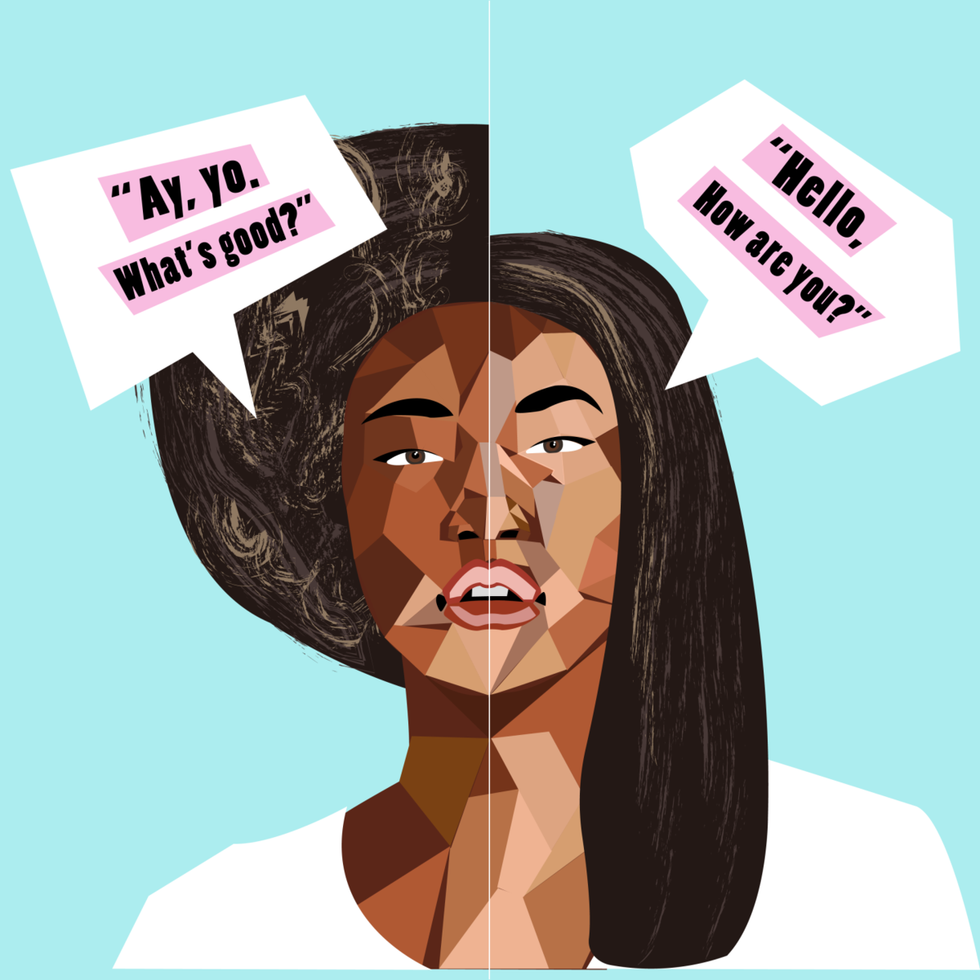In this week’s blog post, I will be focusing on the importance of hair within the Black community and its significance to Black culture.
If you look around at the Black people around you, it will quickly become apparent that they all chose to style their hair differently. Wigs, locs, cornrows, twists, braids, afros, Bantu knots and the list goes on and on.
Hair plays a significant role to many Black people, and the history of hair has shaped its significance. Ever science African civilizations emerged, many many years ago, hairstyles have been used to indicate key information about individuals. This ranged from their marital status, religion, ethnic identity, financial status, and community ranking.
As time went on and over 12 million women, men, and children were sold into slavery through the transatlantic trade route, one of the first things that slave traders did was shave the heads of their new slaves. This practice was claimed as a sanitation technique, but rather it is apparent that these were the first steps Europeans took towards erasing the slaves’ culture and altering the relationship between the African and their hair.
During the times of slavery, in the late 1500s, women began to create maps and deliver messages through their cornrowed hair. These maps were used to help men, women, and children escape to freedom as the braids would represent roads they would use to escape. Women also hid gold and seeds within the braids which were then used to help liberated slaves begin their lives, by planting crops once they reached free-land.
The history behind these hairstyles runs incredibly deep for the Black community, but where does that leave us today in the 21st century? Well, as history has continuously shown, the Black community has deep ties to hair and the styling of it.
Within the rest of the US however, institutional biases against Black hairstyles continue to exist. Studies conducted by Duke University revealed that Black women with natural styles (afros, braids, twists, etc) are often perceived as less professional than Black women with straightened hair.
Furthermore, stories of Black students across the US sharing their experiences of being penalized in school because of how they chose to style their hair continue to make headlines.
So, for the future, how can the institutional biases surrounding Black hairstyles be dismantled? For starters, people outside of Black community can educate themselves about the deep history of Black hair. Learning more about the significance of hair in African countries, how Europeans tried to sever African’s relationships with their hair through slavery.
Most importantly, we all need to recognize and remind ourselves that how others choose to style their hair is a personal decision that holds significance to the individual and should be respected.










